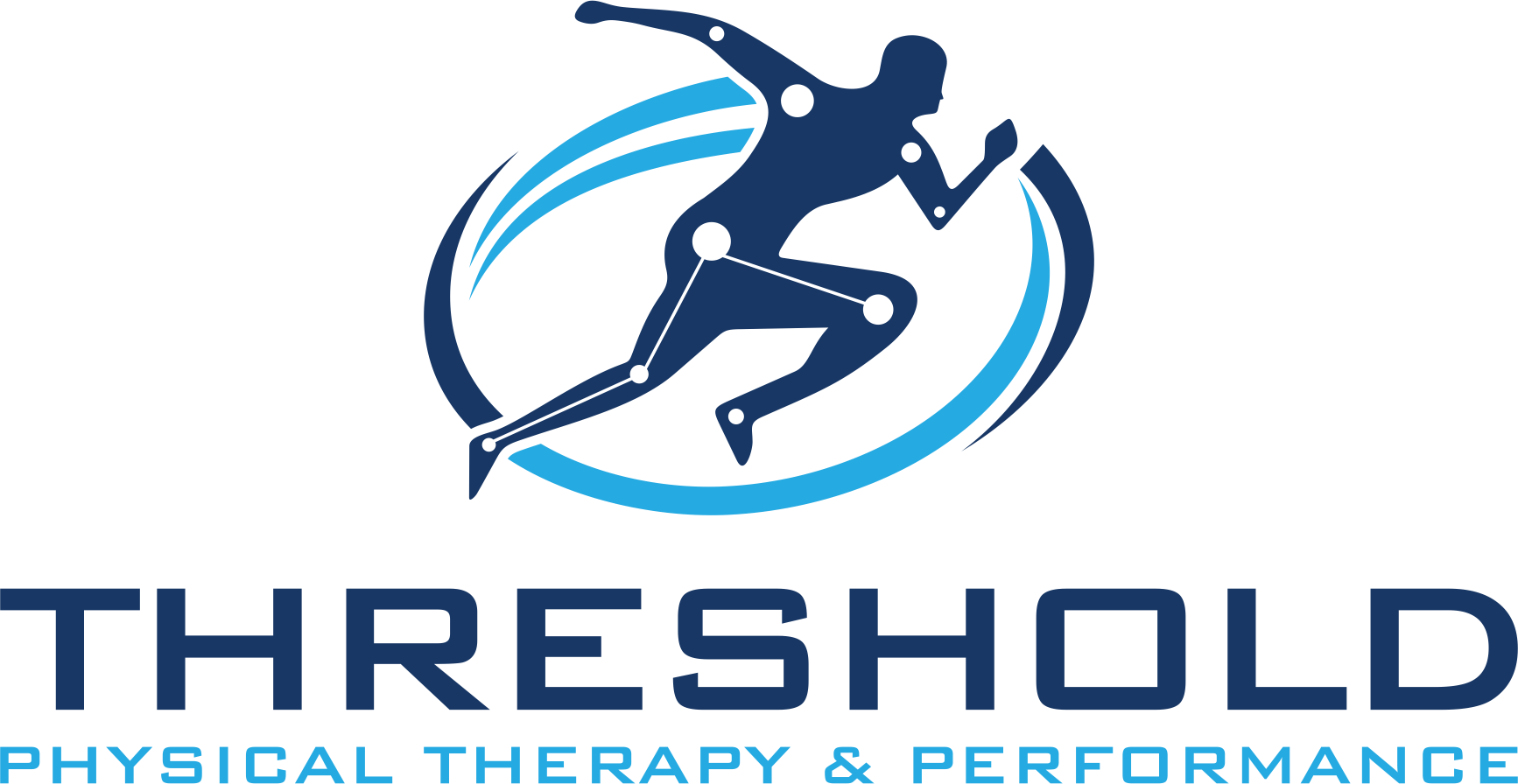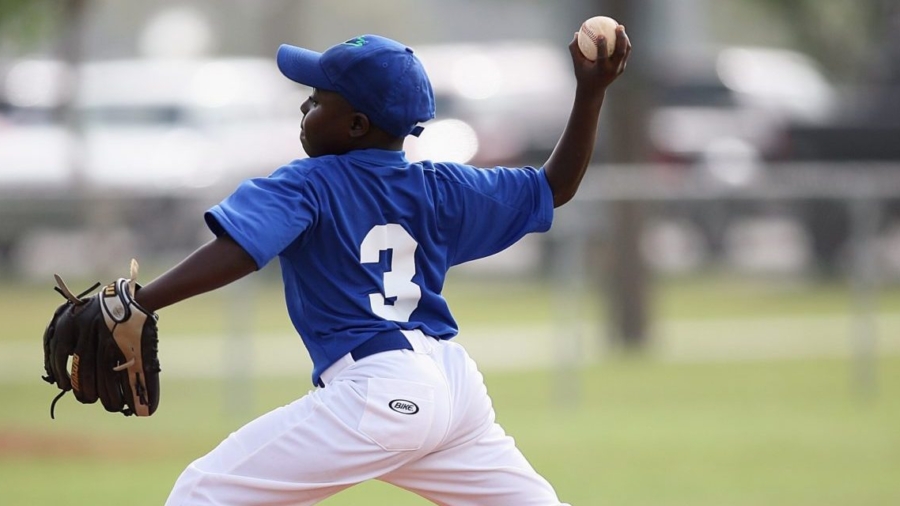I speak from personal experience when I say that there is nothing like the experience of dislocating a joint. It’s as if your body knows something is really, really not ok followed by a certain nausea deep in the pit of your stomach. Having been through over 100 dislocations and two shoulder surgeries, I feel a deeper connection and sympathy for those experiencing shoulder issues and pathology. Being such a complex joint, there is also a deeper understanding of the complexity and individualized nature…
When considering high school athletes (…and where my shoulder and Physical Therapy journey started), The American Journal of Sports Medicine published a recent article looking at conservative versus surgical treatment for shoulder instability and return to sport.
Shanley et. al. (2019) looked at 129 scholastic athletes over 4 years. Interestingly, 85% of the nonoperatively treated and 72% of the operatively treated athletes successfully returned to the same sport without injury for at least 1 full season! Those within the nonoperative group that failed, 11 of 15 individuals, went on to operative care with 82% of the athletes successfully returning to sport by the next season.
Consider, more of those treated nonoperatively returned than those who were treated operatively. AND, if the nonoperative didn’t work – the athlete could still have the surgical intervention afterwards!! If this doesn’t speak to physical therapy first, I’m not sure what does!
Keep in mind that the athlete was run through a high-quality, multi-disciplinary rehabilitation program with a stringent return-to-sport clearance. Return-to-sport criteria included: absence of pain at rest, with training, or during activity; the absence of an apprehension sign; symmetrical shoulder range of motion (90% of unaffected side); a 67% external:internal rotation ratio within the affected extremity; and the ability to load upper extremity body weight during functional movement without apprehension.
Thanks for reading!

